-
Clinical Trials
Mayo Clinic biostatisticians power every step of medical research
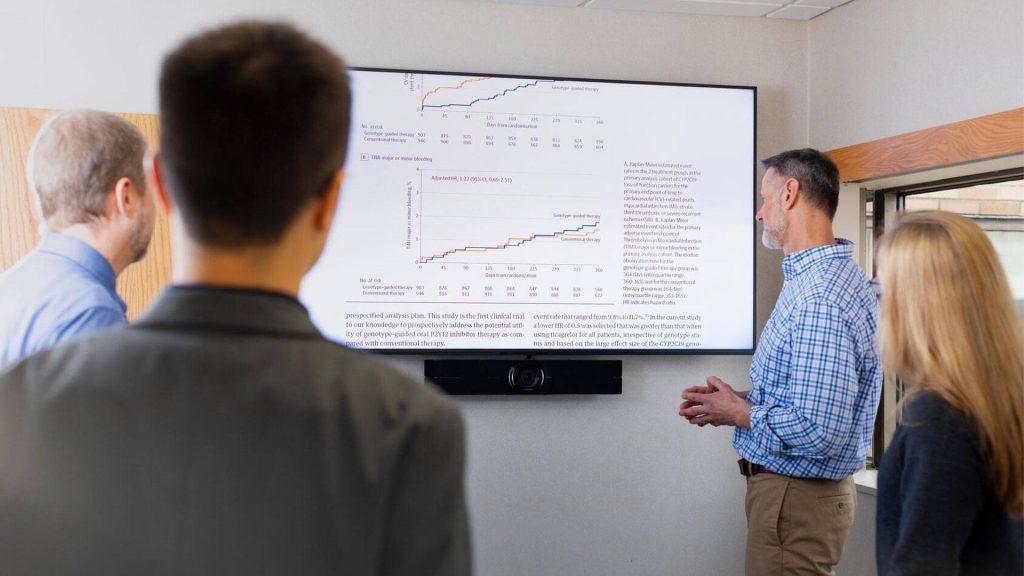
From groundbreaking discoveries in breast cancer treatment to advancements in genomics, biostatisticians bring a unique perspective and skill set to medical research. Last year, Mayo Clinic's Division of Clinical Trials and Biostatistics supported about 5,000 studies spanning discovery science, clinical trials, translational science and population health.
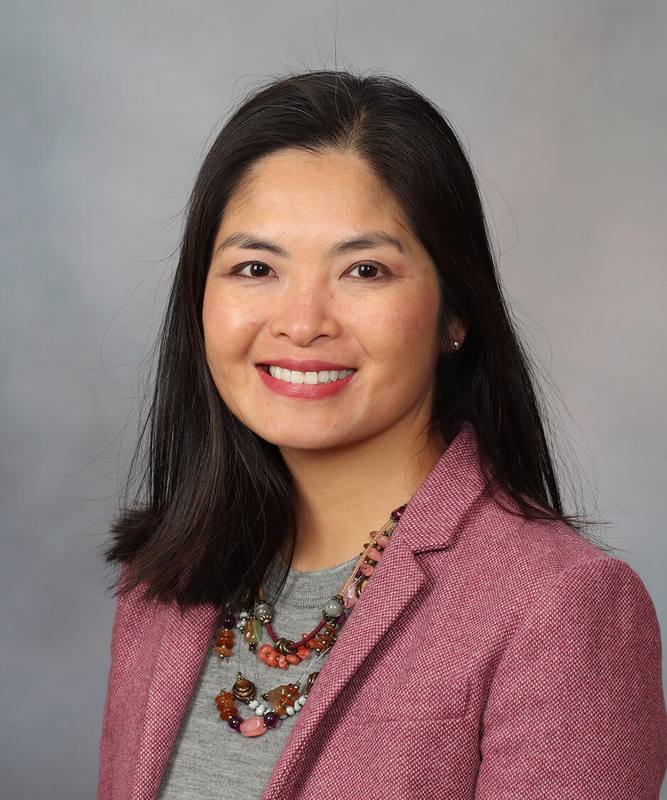
"As one of the largest biostatistics groups in the U.S., Mayo Clinic biostatisticians are integrated into research programs to ensure that the statistical methods we use are the most appropriate in the context of the research question," says Jennifer Le-Rademacher, Ph.D., chair of the Division of Clinical Trials and Biostatistics.
Biostatistics staff support every step of a research study, starting with the research question. They advise on protocols and study designs. They build, curate, clean and analyze datasets. They report results, co-author papers and respond to statistical review comments.
The division has multiyear federal grants and serves as the statistics and data coordinating center for investigator-initiated, multicenter cancer research programs. Its staff members serve on National Institutes of Health committees and Food and Drug Administration (FDA) advisory panels, and they lead committees that guide national standards. They are faculty in national and international clinical research training programs.
Contributing to team science
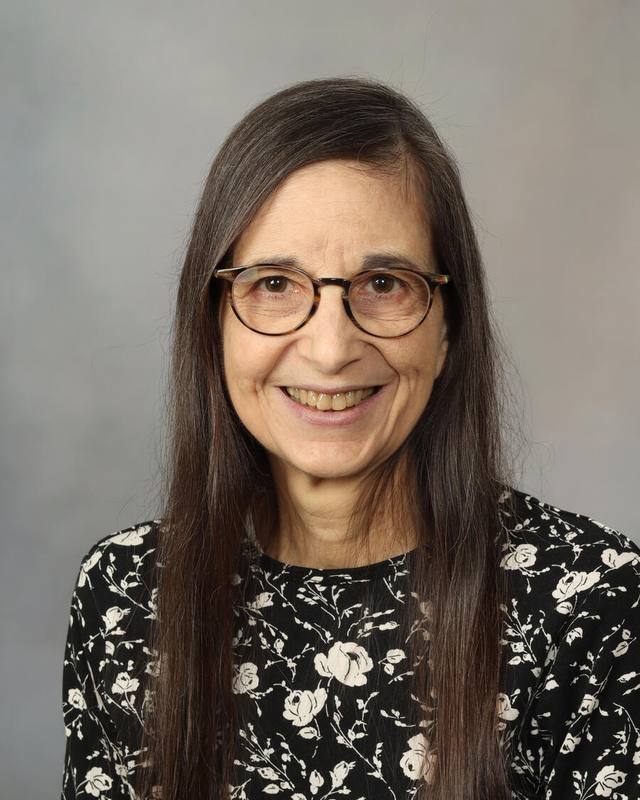
For most of her 33-year career, Mayo Clinic statistician Vera Suman, Ph.D., has worked in the Mayo Clinic Comprehensive Cancer Center statistical unit, where she is the lead statistician for breast cancer and melanoma. She also directs the Biostatistics Core in Mayo Clinic's Breast Cancer Specialized Program of Research Excellence (SPORE).
She supported a major phase 3 clinical trial of the drug trastuzumab (Herceptin) with chemotherapy for breast cancer treatment. She was part of the team that decided the assay process for confirming participant eligibility, helping to ensure data integrity.
"I'm just one piece in this whole operation. We couldn't do the kinds of trials and the number of trials we do without everybody involved," Dr. Suman says. "This is team science. It is collaboration."
Finding the story in the data
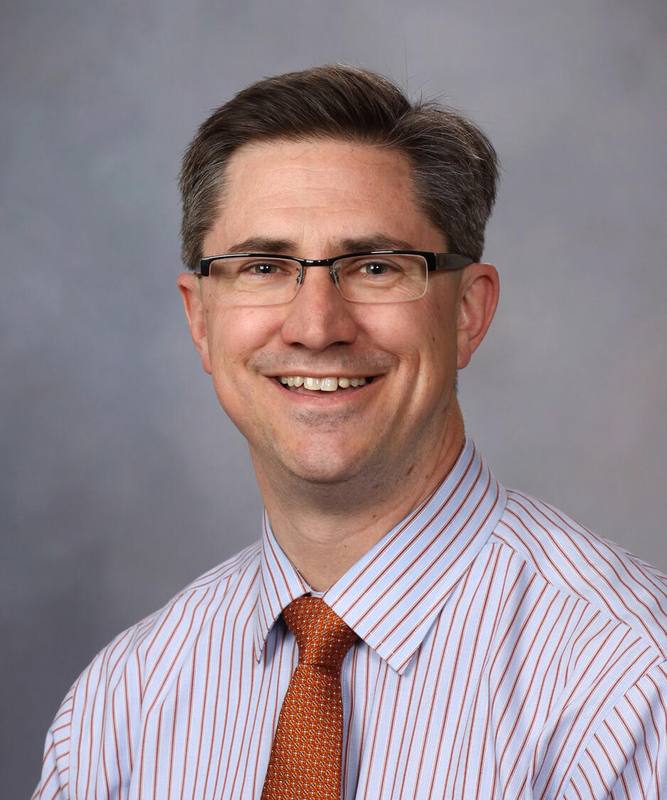
At any given time, principal biostatistician Ryan Lennon may be supporting 20 projects at various stages of development. He currently supports Mayo Clinic's Cardiac Catheterization Laboratory as well as the Gastroenterology and Rheumatology departments.
Lennon provided statistical expertise for a large pharmacogenetics clinical trial conducted at 40 centers worldwide. He helped plan the trial and played a key role throughout the seven-year study. The researchers found that genetic testing may be useful in selecting antiplatelet medications — a significant step forward in genetic-guided treatment.
For Lennon, it's about getting the best data for the research question. "I love getting to know the data and finding out what the story is inside it, and getting a number that helps people understand what the data is trying to tell us," he says.
Translating ideas to improve patient care
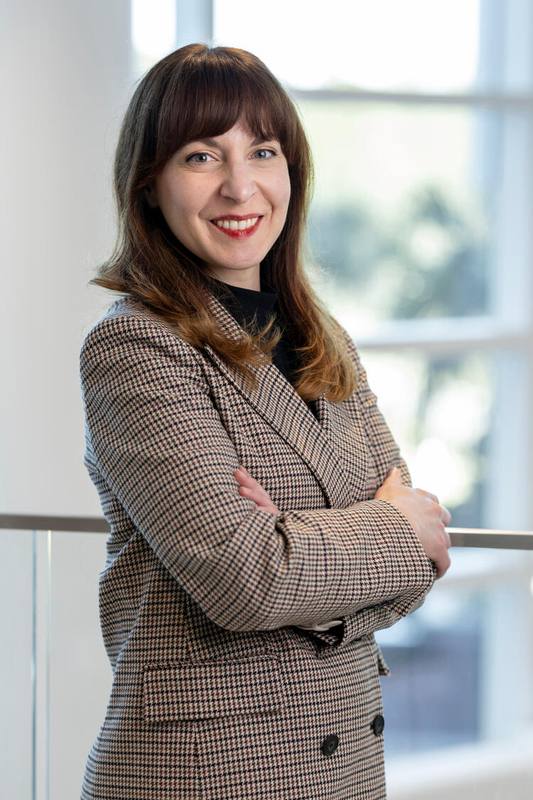
As a principal biostatistician at Mayo Clinic in Arizona, Katie L. Kunze, Ph.D., likens her work to that of a translator. "My goal is to understand where the investigators and study team are coming from, what is the background research and then build a study or an analysis, or create a body of work, to investigate those questions and support patient care," Dr. Kunze says.
She supported a study that found that 1 in 8 patients with cancer may have an inherited, cancer-related gene mutation that is clinically actionable — ushering in a new era of genetic screening and detection.
Dr. Kunze supports gastroenterology, Center for Individualized Medicine and other areas. "It brings me joy when I feel the work I'm doing is actually helping patients," she says.
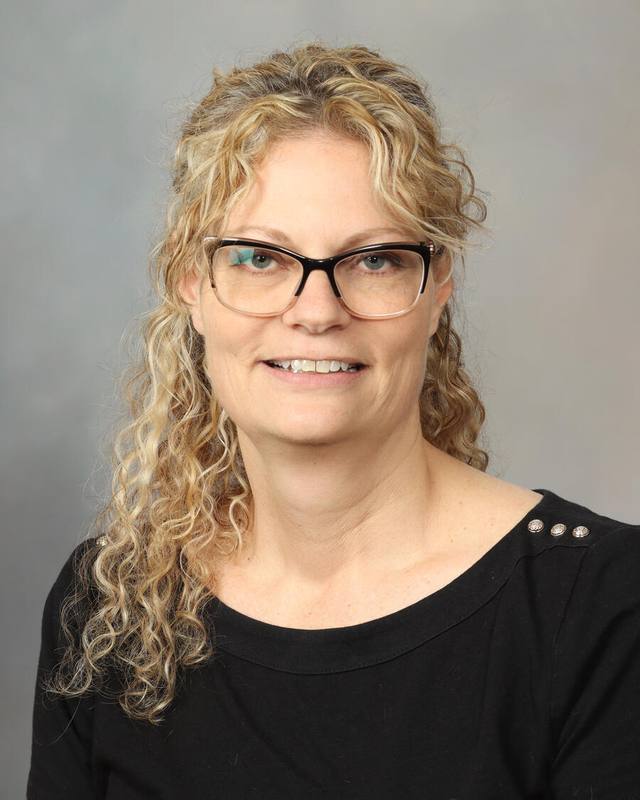
Stretching the limits of database design
Statistical programmers like Regina Herges ensure data quality and use various programming tools and techniques to support database design, data management, statistical analyses and results reporting.
Herges advises study teams on electronic systems to capture and house data. She also builds study databases and provides ongoing support. She has worked in many research areas and currently supports radiation oncology.

Shortly after Mayo Clinic launched a nationwide program in response to the COVID-19 pandemic, Herges and Laura A. Nelson were recruited to help solve an issue with a database serving more than 2,000 medical teams across the country. The Mayo team designed a single-system solution that could automatically link data on the back end when clinicians requested convalescent plasma for patients.
"It was a really unique challenge, and we helped come up with a great solution," Herges says.
Learn more
Read more about Mayo Clinic's biostatisticians.







